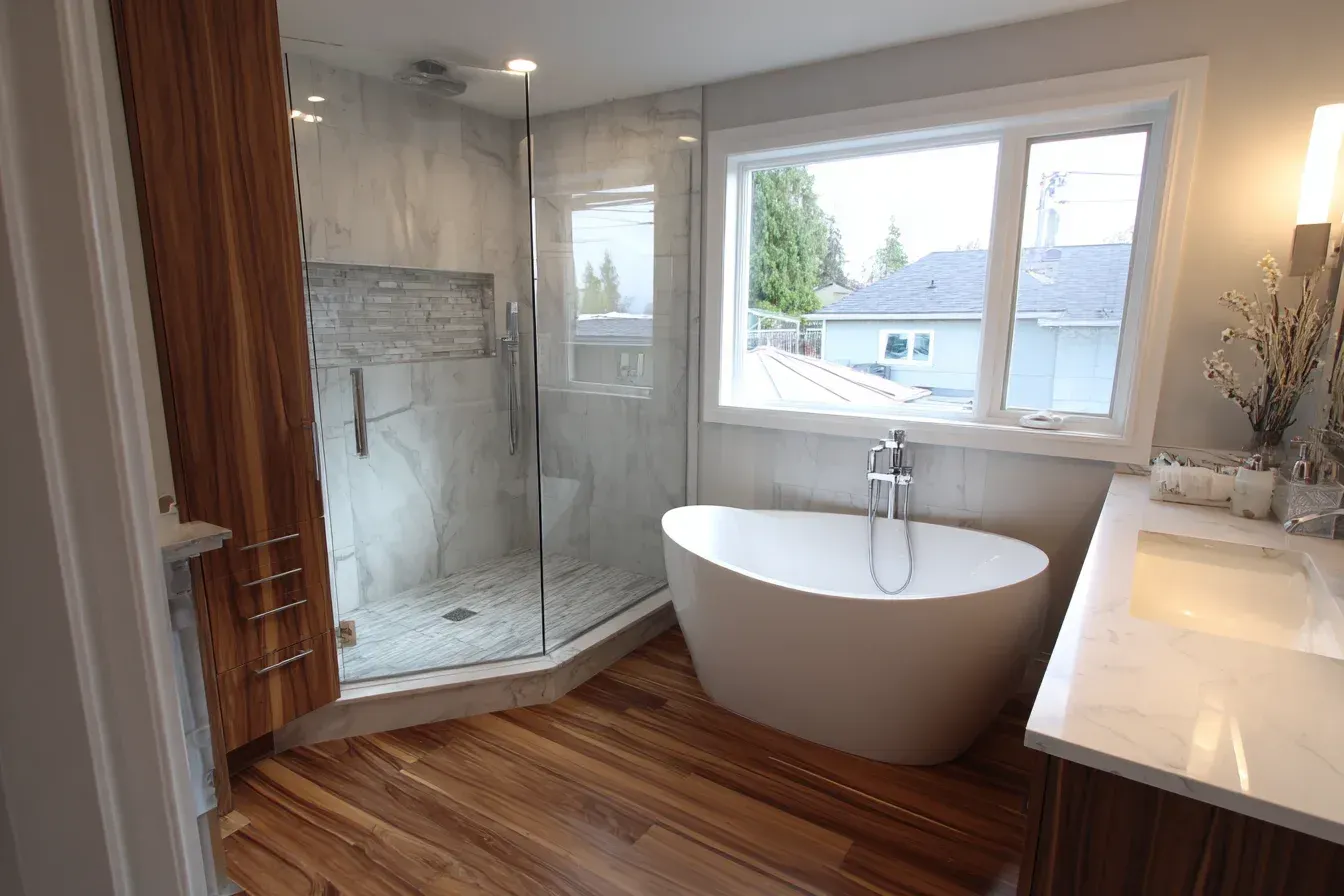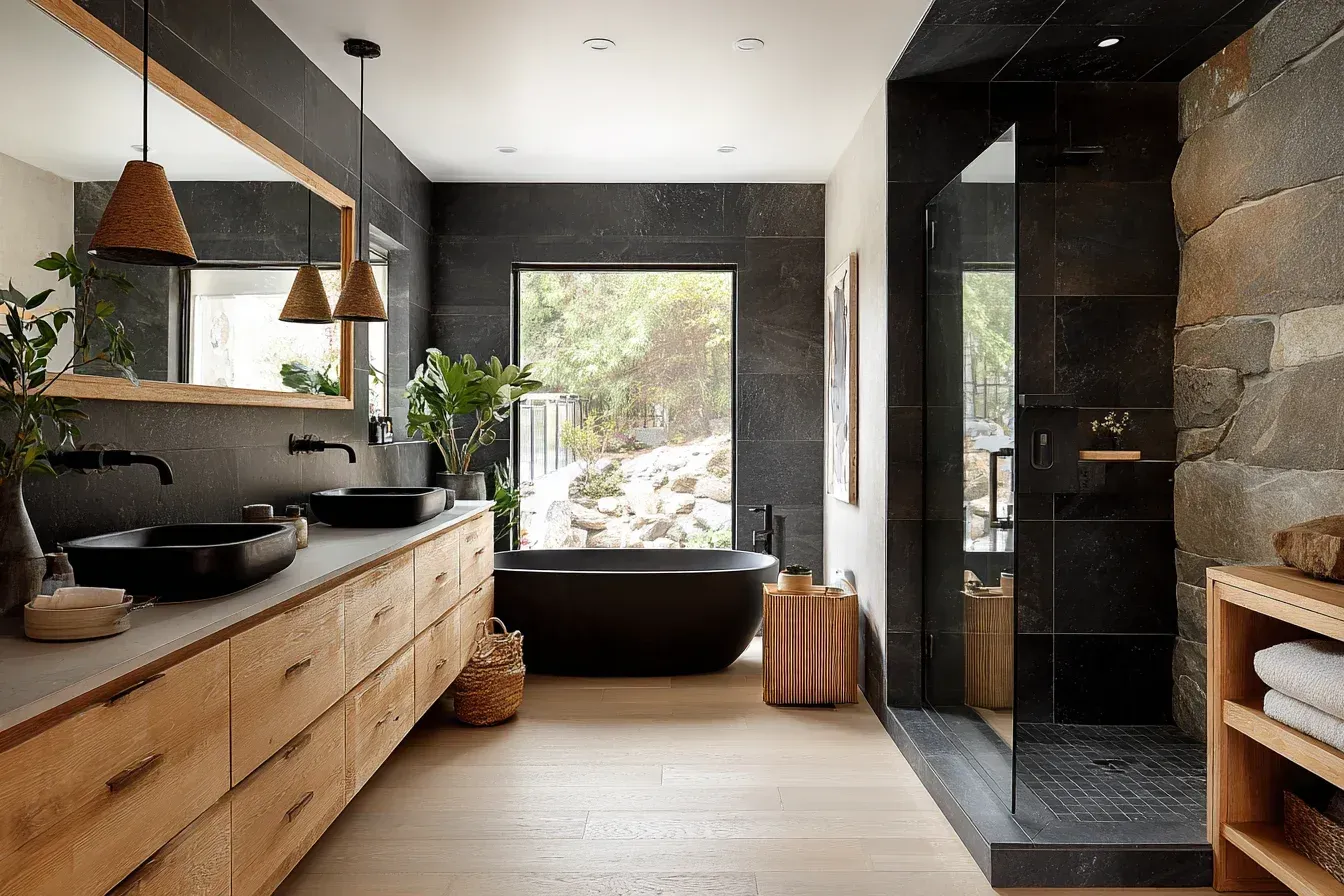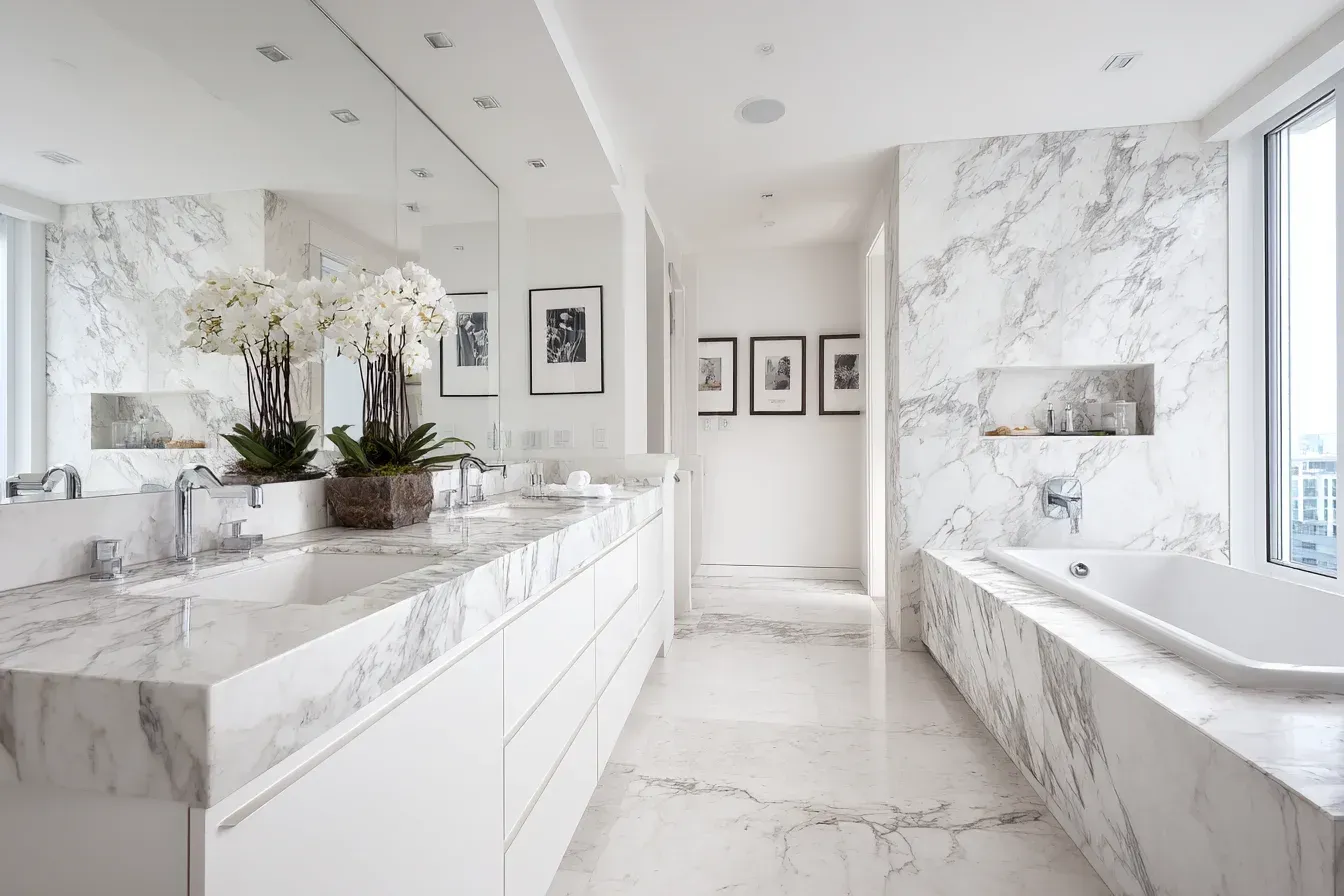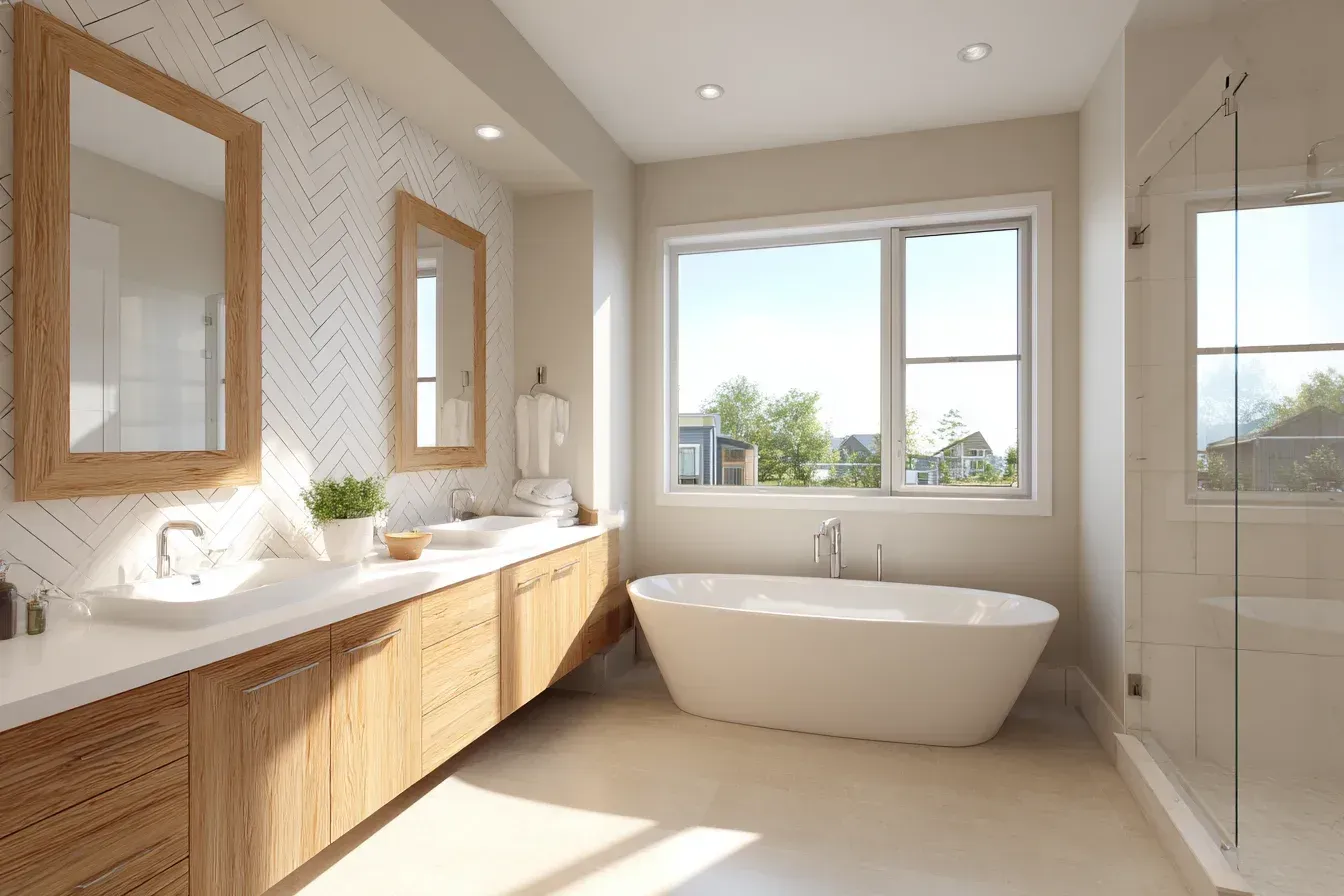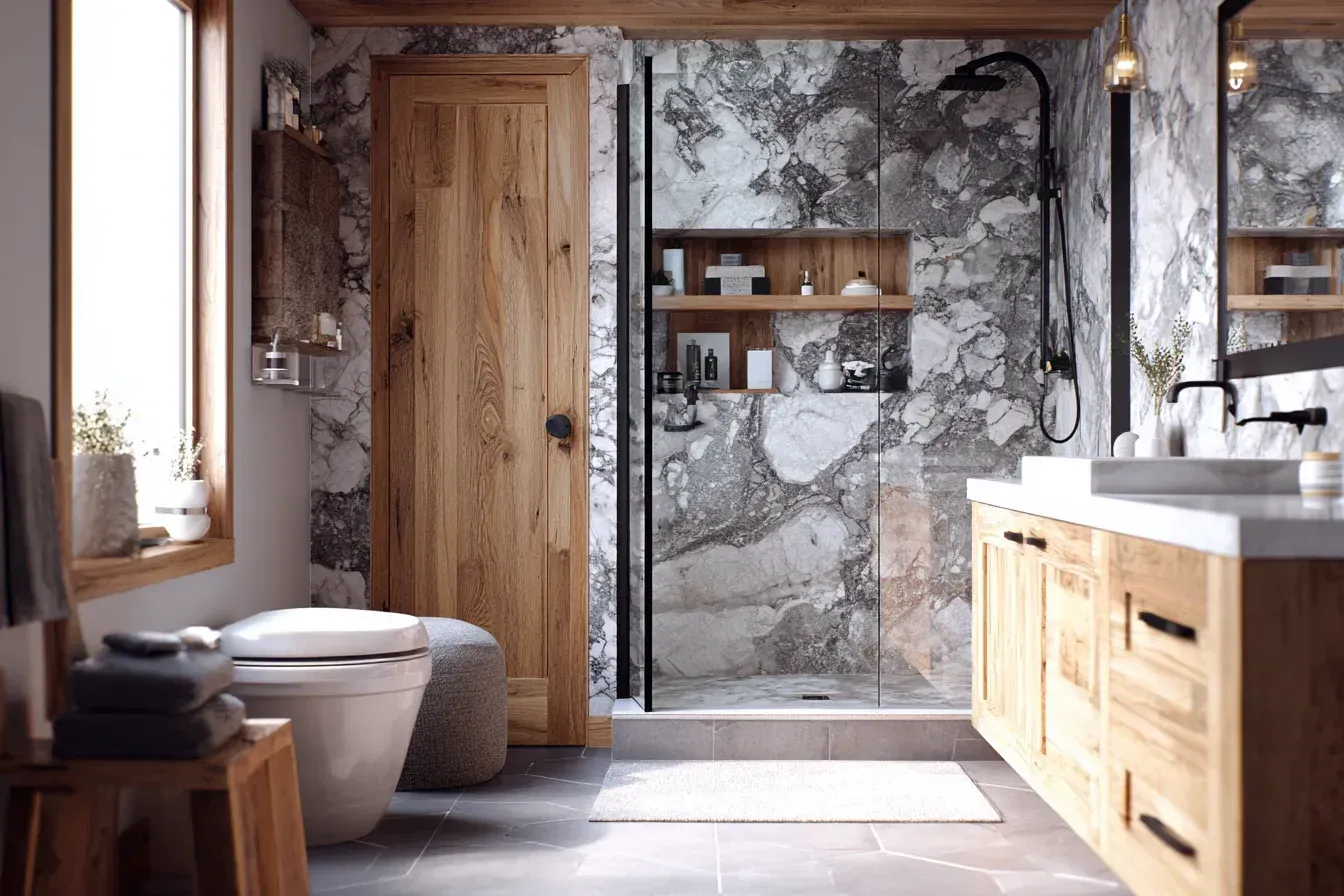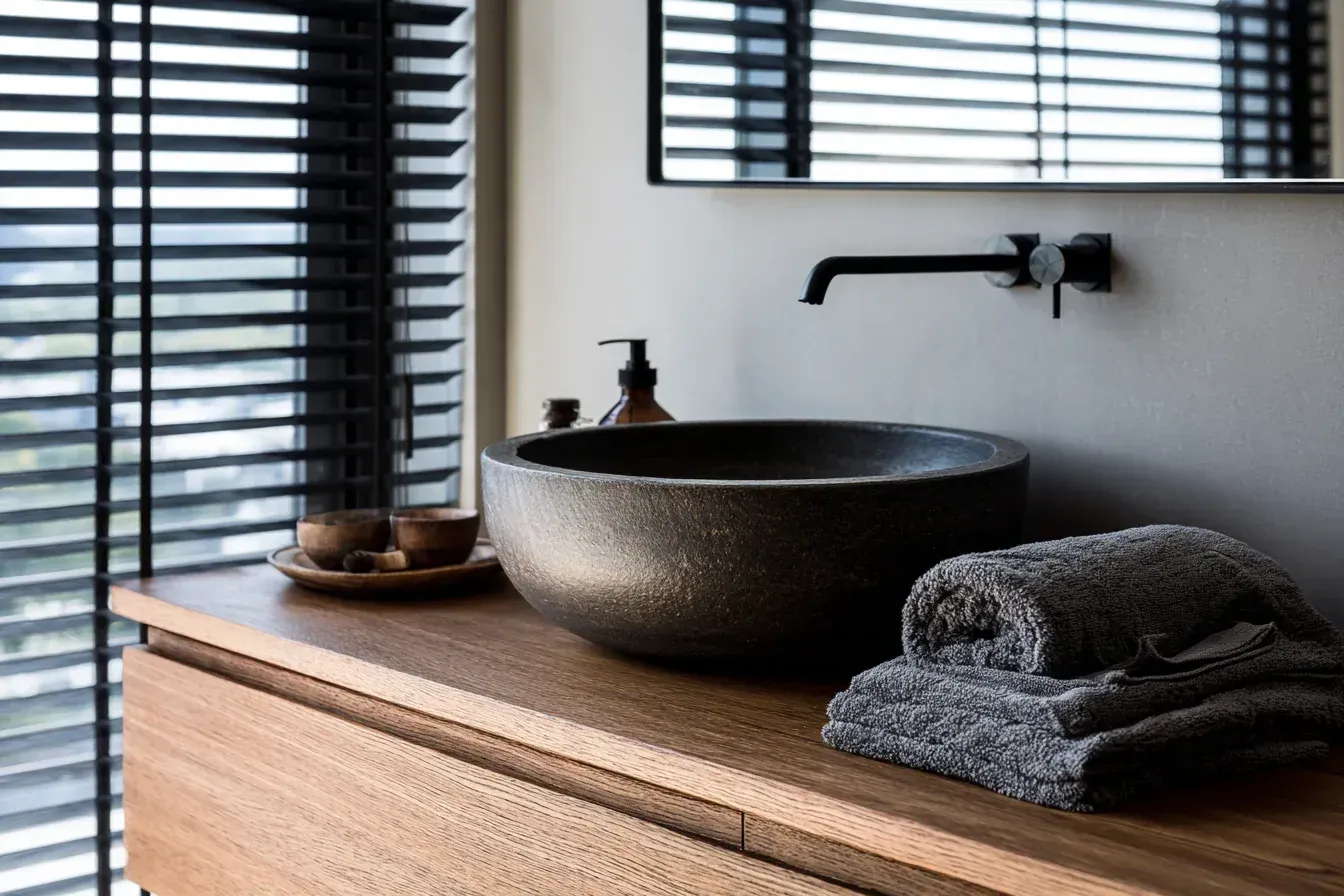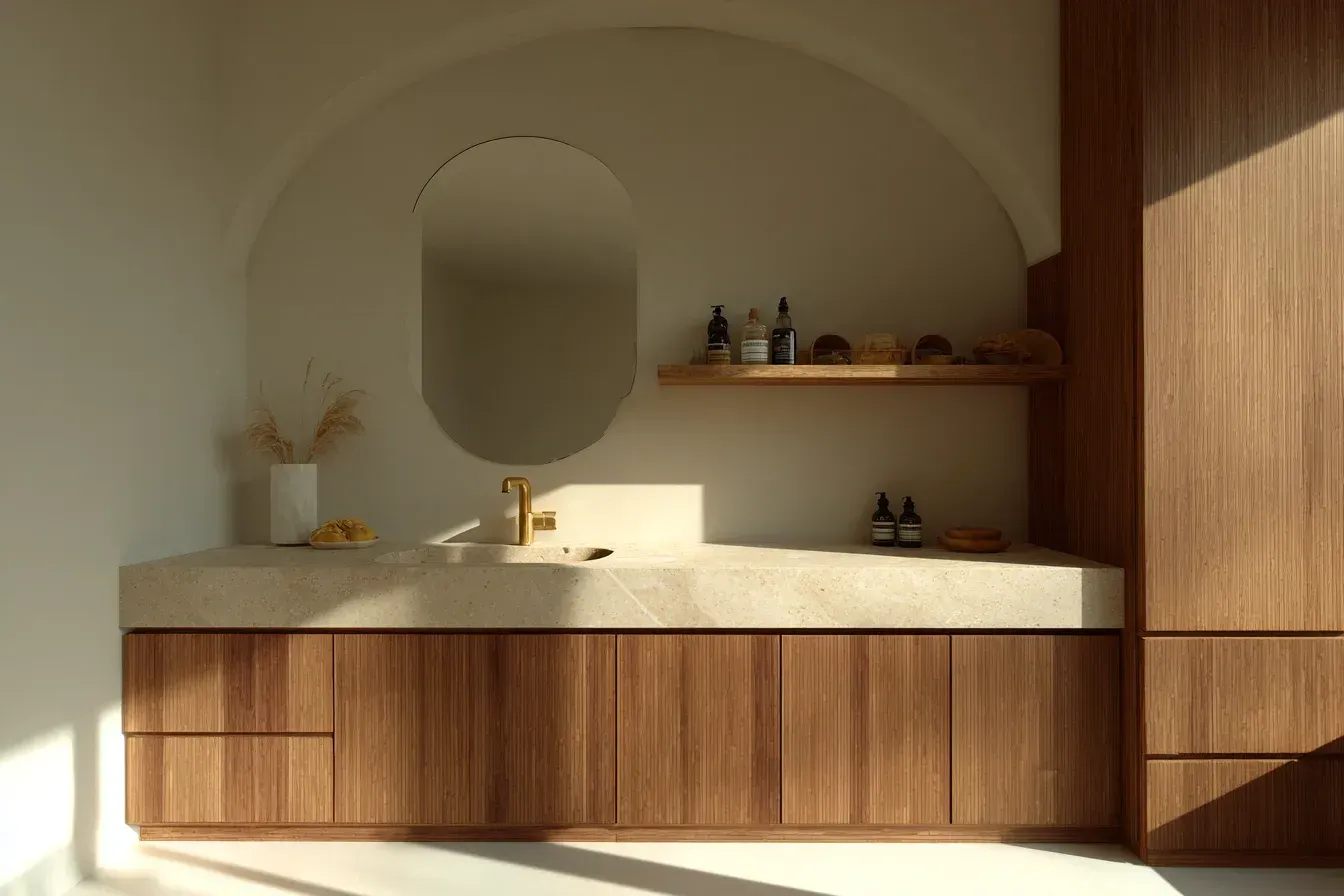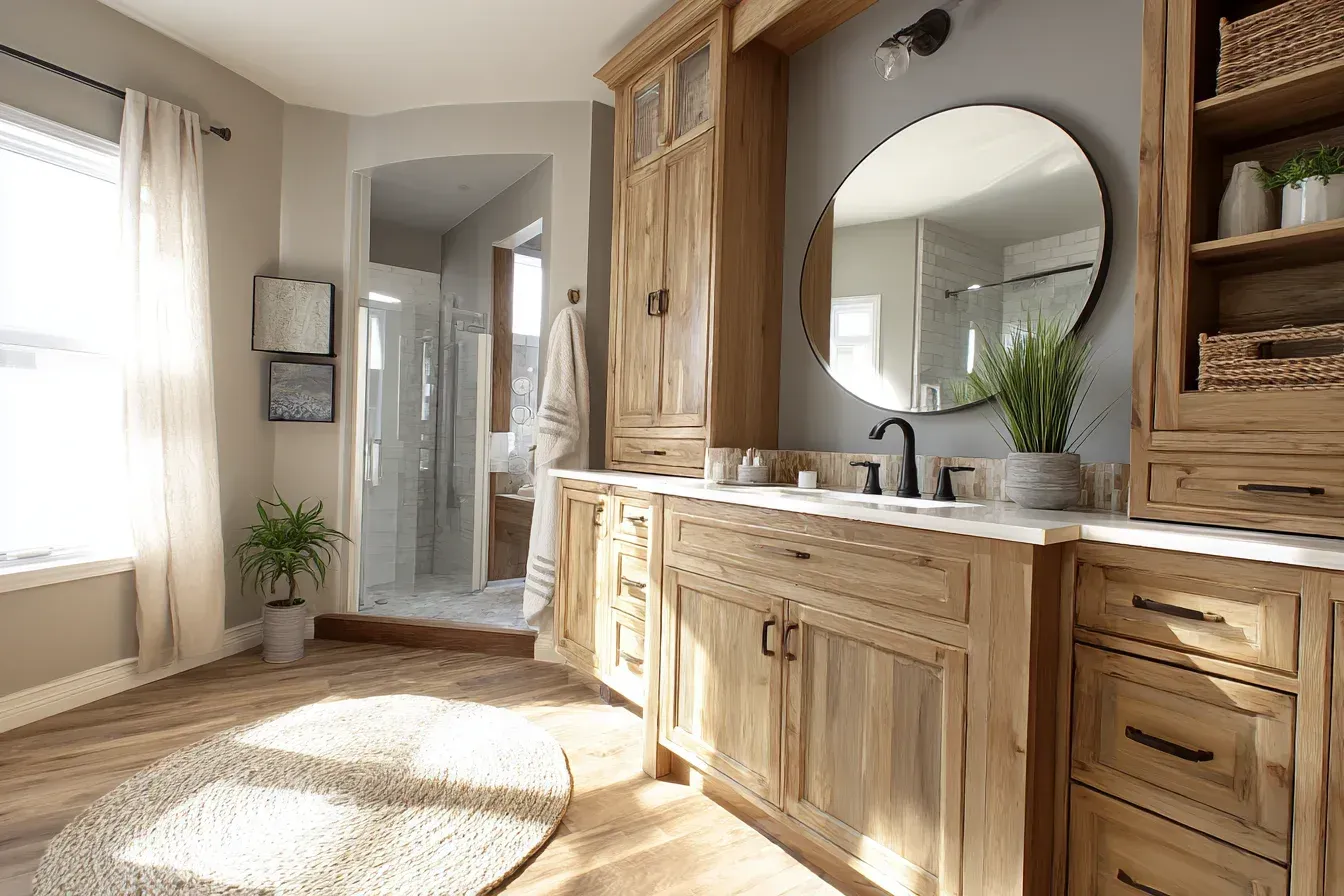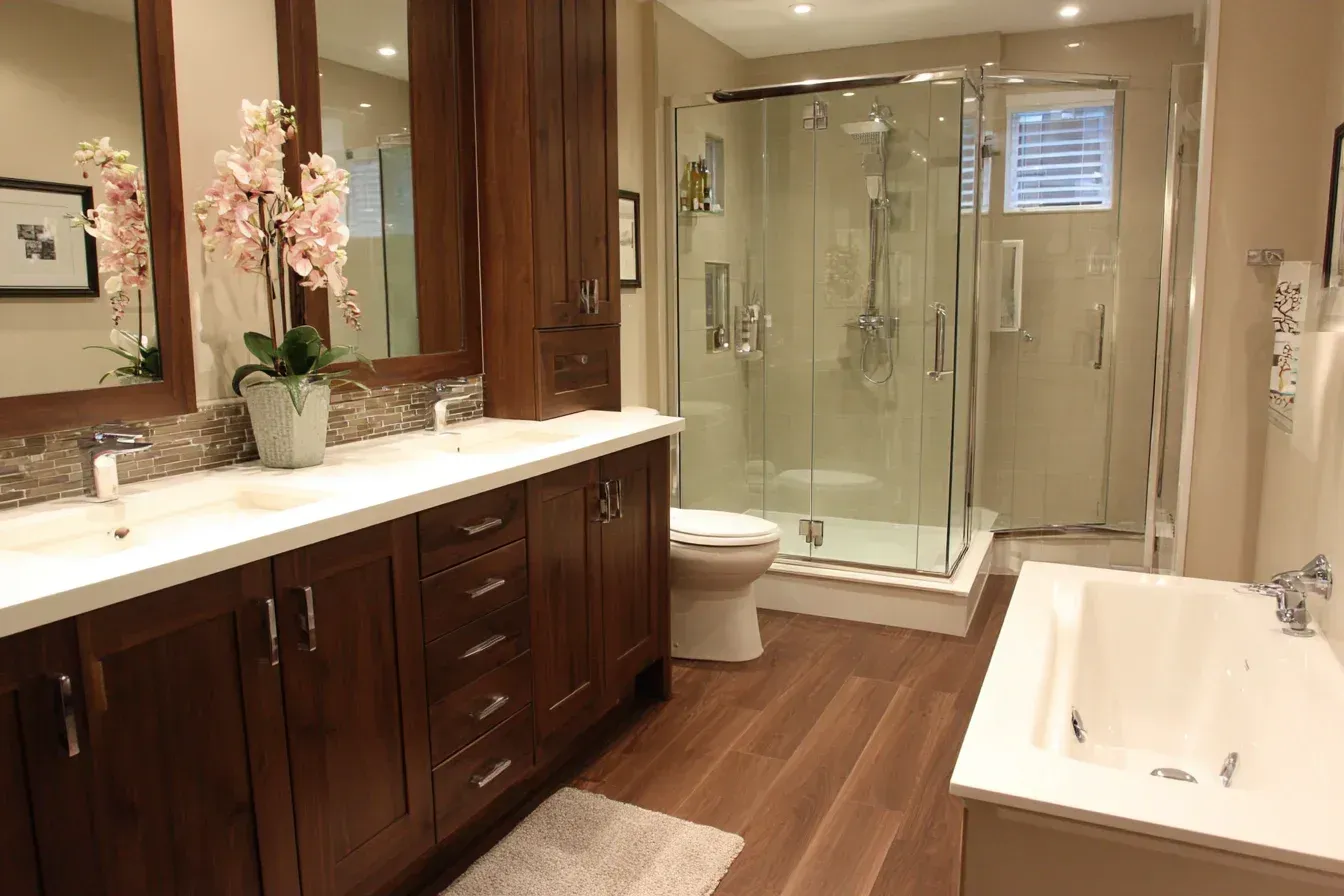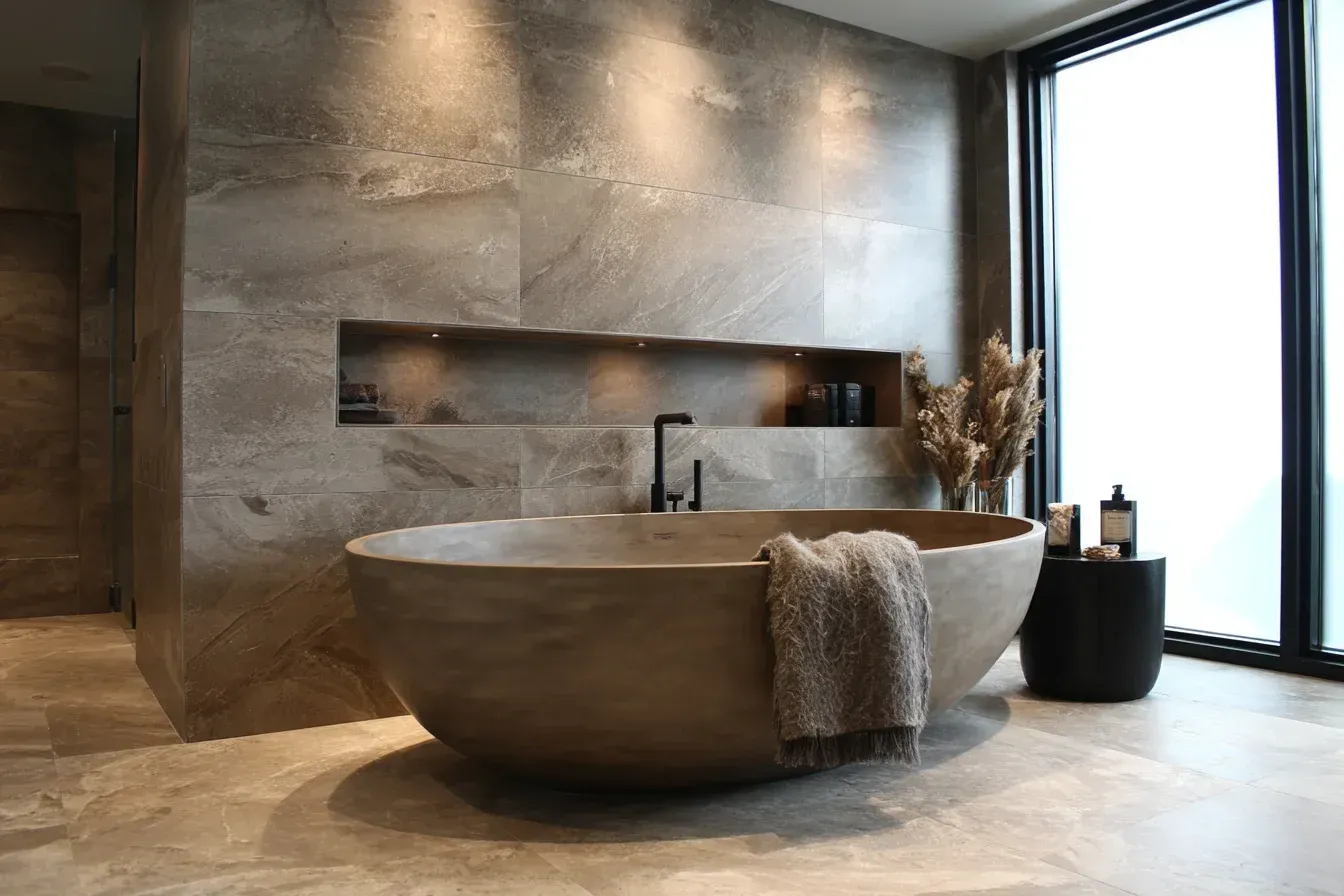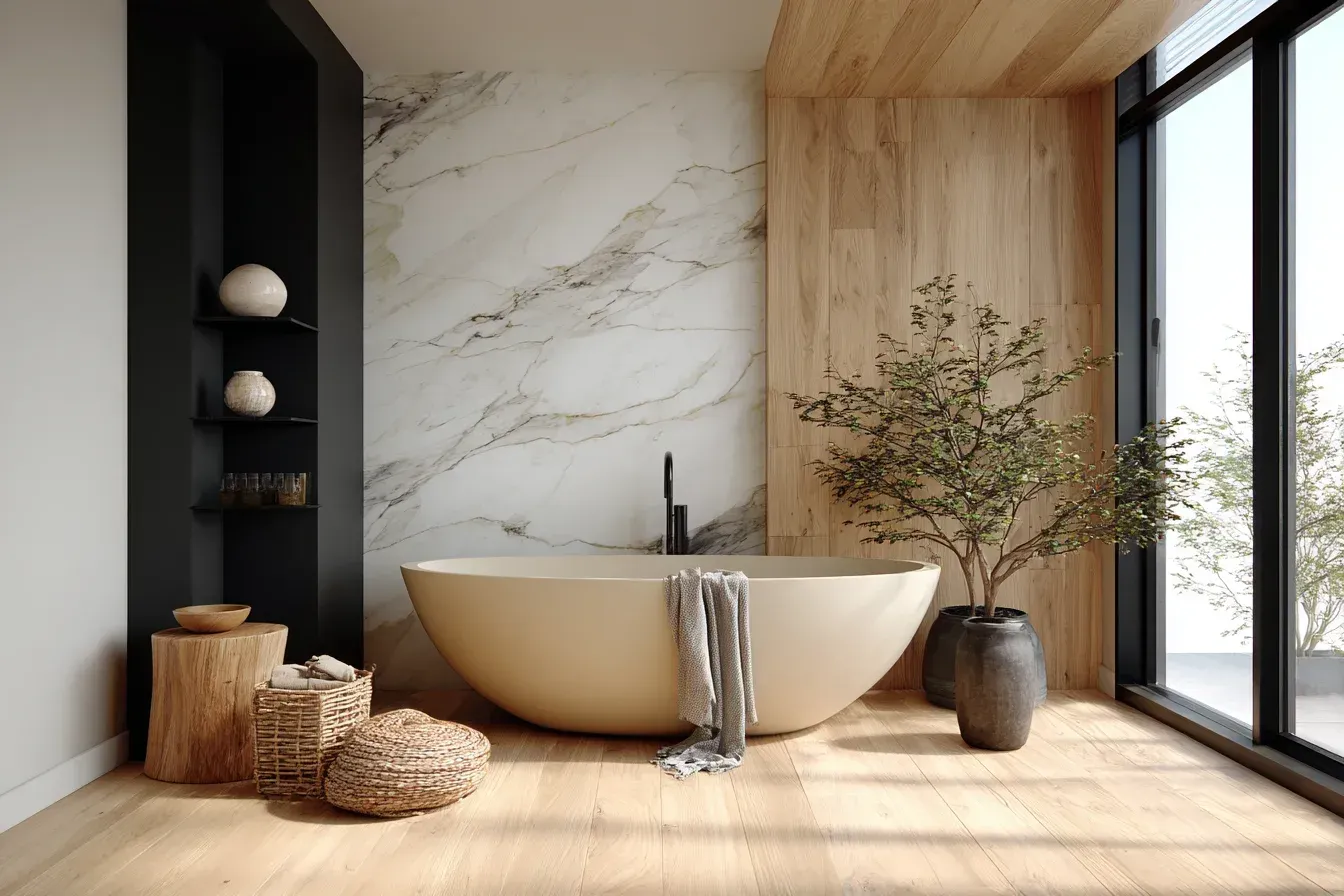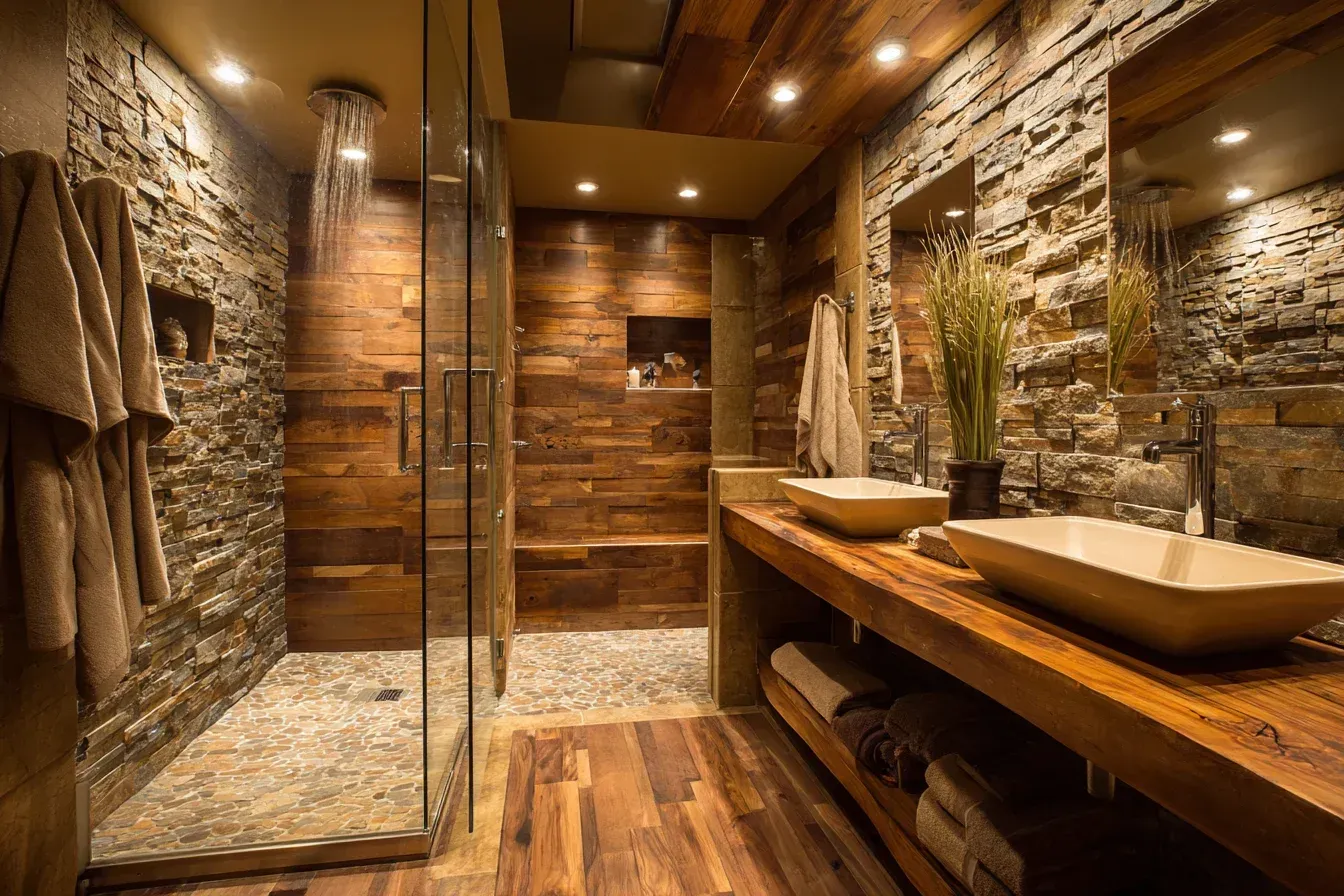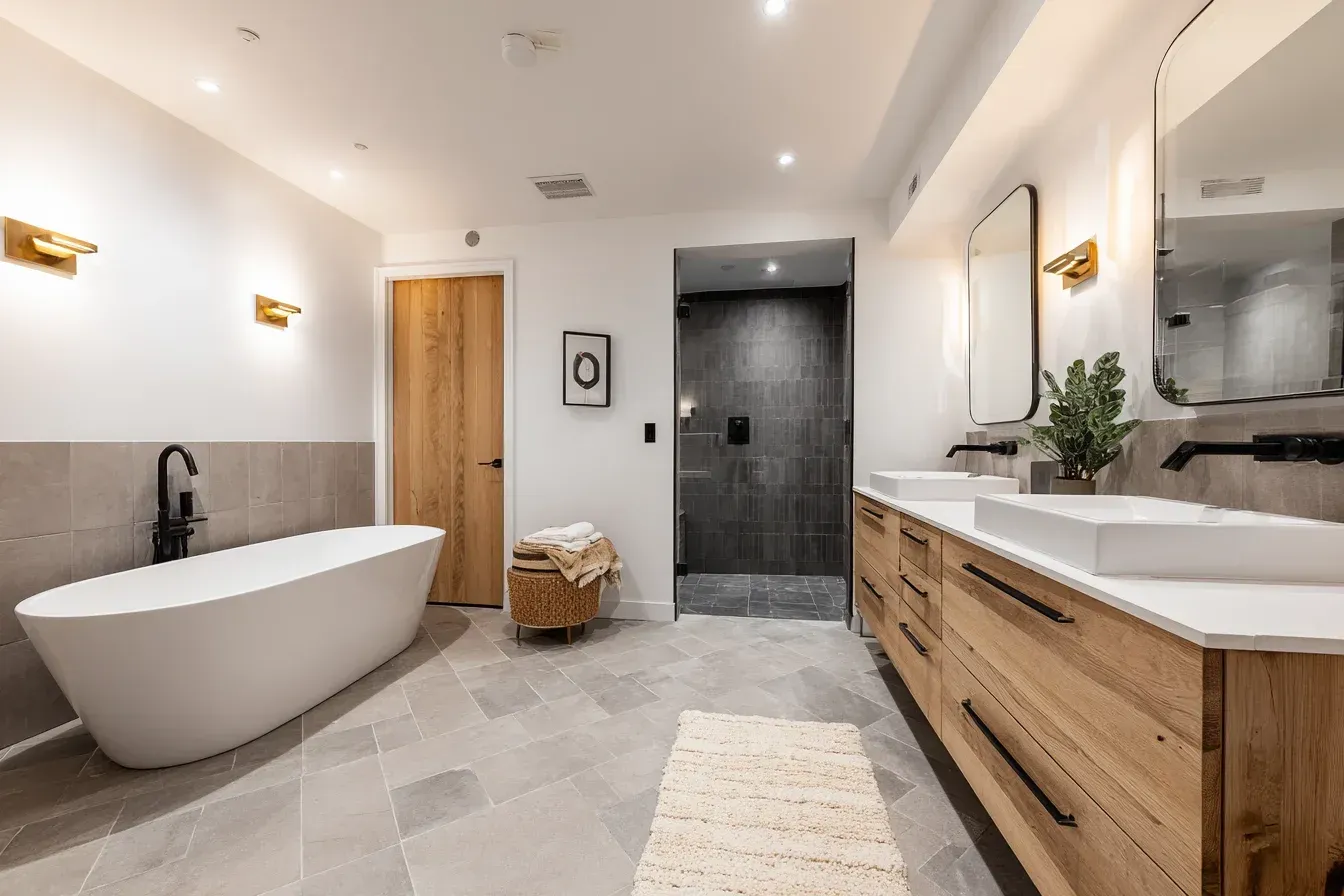The Most Common Bathroom Remodeling Mistakes to Avoid
A bathroom remodel is one of the most exciting home improvement projects—but also one of the easiest to get wrong. With plumbing, waterproofing, electrical work, design choices, and layout decisions all happening in a small space, even minor mistakes can lead to costly repairs or long-term frustration.
Whether you're updating a powder room or transforming a master ensuite, avoiding common remodeling pitfalls is essential to creating a beautiful, functional, and durable bathroom.
This guide covers the most frequent bathroom renovation mistakes and how to avoid them, ensuring your remodel goes smoothly from planning to finishing.
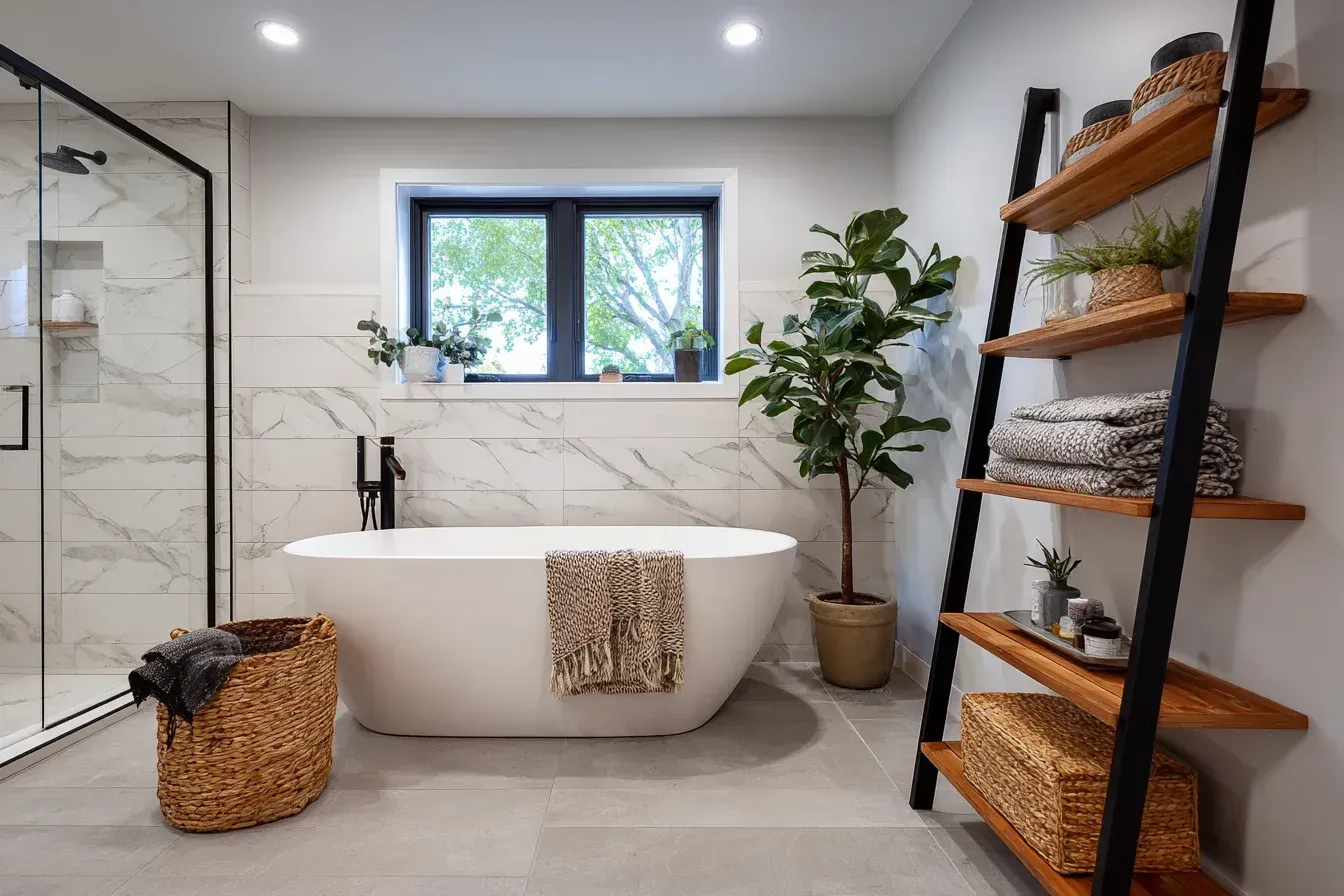
Why Avoiding Mistakes Matters in Bathroom Renovations
Bathrooms are high-moisture, high-traffic spaces with complex systems behind the walls. A small error can lead to:
- Water leaks
- Mold growth
- Poor ventilation
- Safety hazards
- Shortened lifespan of materials
- Higher maintenance costs
- Poor resale value
By planning ahead and understanding common pitfalls, you can save money and avoid future stress.
1. Ignoring Proper Waterproofing
Poor waterproofing is one of the most serious bathroom renovation mistakes.
Consequences of bad waterproofing
- Mold and mildew
- Rotting subfloors
- Damaged drywall
- Leaking showers
- Expensive repairs down the line
How to avoid it
- Use high-quality waterproof membranes (Kerdi, RedGard, Wedi, Schluter).
- Make sure your contractor is certified or experienced with waterproofing systems.
- Ensure seams, corners, and niches are properly sealed.
- Never allow drywall in the shower area—use cement board instead.
Waterproofing is the foundation of a long-lasting, problem-free bathroom.
2. Choosing the Wrong Materials for Wet Areas
Some materials look beautiful—but aren’t suitable for moisture-heavy environments.
Common material mistakes
- Using wood or laminate flooring in full bathrooms
- Installing glossy tiles on wet floors (slippery)
- Using unsealed natural stone in showers
- Choosing low-quality grout that absorbs water
Smart alternatives
- Porcelain tiles (durable, waterproof)
- Non-slip matte tiles for shower floors
- Sealed natural stone outside shower zones
- Epoxy grout for maximum durability
Selecting the right materials ensures longevity and safety.
3. Poor Lighting Placement
Bad lighting can ruin even the most beautifully designed bathroom.
Common lighting mistakes
- Relying only on overhead lighting
- Installing lights that cast shadows on your face
- Using harsh, cool-toned bulbs
- Placing fixtures too far from the vanity
How to fix it
Use three layers of lighting:
- Ambient – recessed ceiling lights
- Task – vertical sconces or LED mirror lighting
- Accent – niche lighting, toe-kick lighting, under-cabinet LEDs
Proper lighting improves usability and sets the mood.

4. Not Planning Enough Storage
A bathroom without storage quickly becomes cluttered and disorganized.
Common storage mistakes
- Choosing a pedestal sink with no storage
- Ignoring vertical wall space
- Small vanity drawers that don’t fit essentials
- No shower niche
- Relying only on open shelving
Smart storage upgrades
- Floating vanities with deep drawers
- Floor-to-ceiling cabinets
- Recessed shower niches
- Built-in medicine cabinets
- Vertical shelving beside the toilet
Storage is the key to a clean, functional bathroom.
5. Bad Layout Choices
Your bathroom layout affects comfort and usability for years.
Common layout regrets
- Toilet placed in direct line of sight
- Cramped walkways
- Shower door hitting fixtures
- Vanity too close to the shower or toilet
- Lack of spacing for doors and drawers
How to get it right
- Follow standard spacing guidelines
- Design around existing plumbing to save money
- Consider a pocket door for small bathrooms
- Ensure a minimum of 30 inches of clearance in front of each fixture
A thoughtful layout transforms how you experience the space.
6. Not Ventilating Properly
Poor ventilation leads to humidity buildup, mold, and premature wear.
Common ventilation mistakes
- Choosing a fan that’s too weak
- Not venting the fan outdoors
- Forgetting to upgrade an old exhaust fan
- No humidity sensor
How to avoid it
- Install a fan rated for your bathroom size
- Use humidity-sensing fans
- Clean fan vents regularly
- Include a window if building permits allow
Proper ventilation protects your investment long-term.
7. Overspending on Trends That Won’t Last
Trendy elements can make your bathroom look outdated quickly.
Examples
- Bright or overly bold tile everywhere
- Trend-specific colors
- Ultra-specific vanity styles
- Niche materials that are hard to replace
Better approach
Use trends as accents—not foundations.
- Choose timeless tile
- Keep major fixtures neutral
- Add personality through mirrors, decor, plants, and towels
- Your bathroom stays stylish longer and is easier to update later.
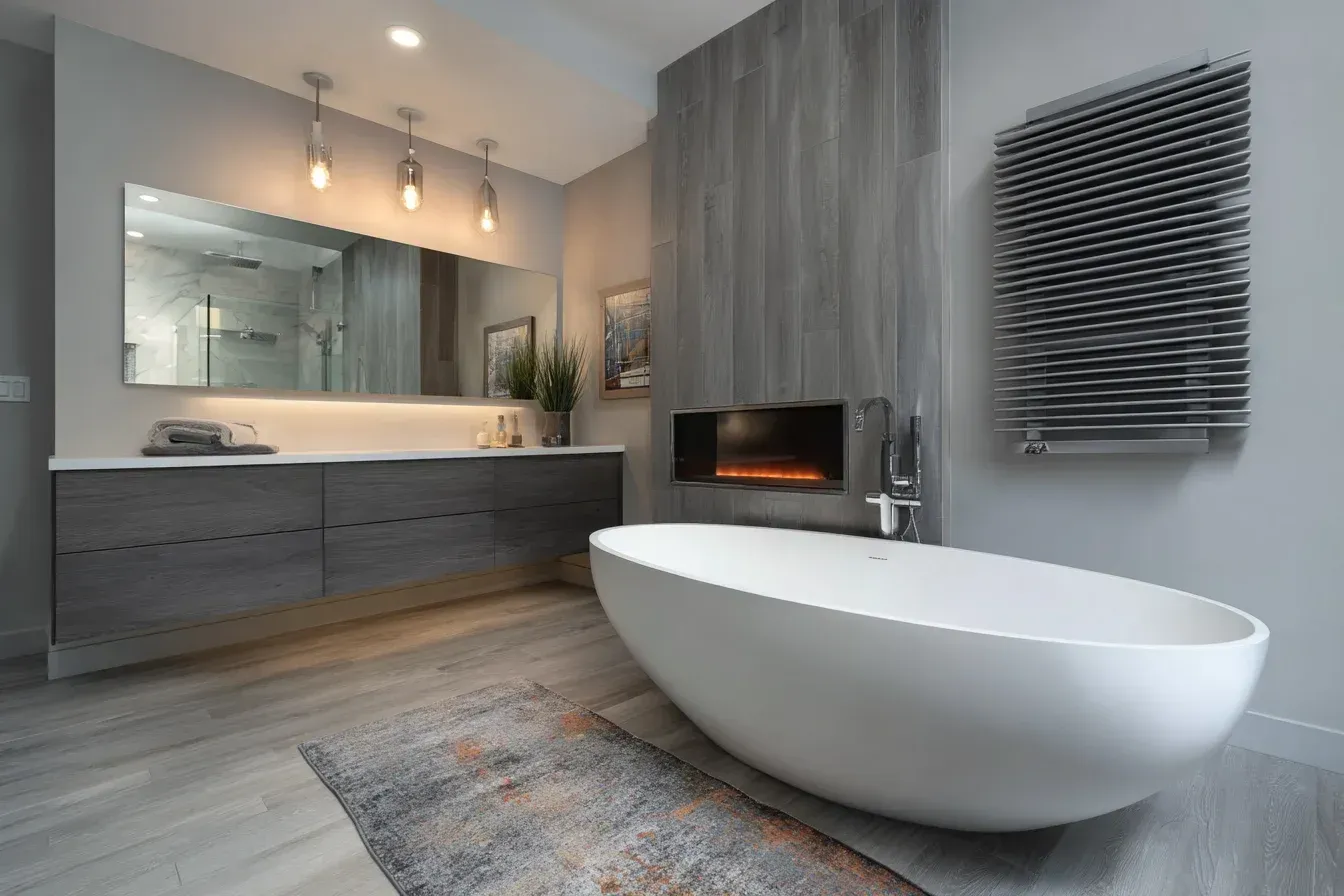
8. Choosing Form Over Function
Some design decisions look amazing—until you actually use the bathroom.
Common functional mistakes
- Floating shelves with no enclosed storage
- Vessel sinks that splash everywhere
- Wall-mounted faucets that are hard to repair behind the wall
- Freestanding tubs with no ledge
- Cool-looking but hard-to-clean tiles
How to avoid this
Always prioritize ease of use, cleaning, and practicality.
9. Measuring Incorrectly
Precise measurements matter in bathrooms more than anywhere else.
Common measurement mistakes
- Vanity too large for space
- Wrong shower glass dimensions
- Mirror not centered over the sink
- Cabinet doors hitting walls or fixtures
- Tiles not lining up with plumbing points
Always measure twice, install once.
10. Skimping on Professional Labour
DIY can save money—but not everything should be DIYed.
Tasks that can go wrong if done incorrectly
- Waterproofing
- Plumbing
- Electrical work
- Shower glass installation
- Tile setting
- Heated floor installation
What you can DIY
- Painting
- Caulking and sealing
- Replacing hardware
- Installing mirrors and accessories
Know your limits—bad workmanship is expensive to fix.
11. Using Cheap Fixtures That Break Quickly
Saving money upfront often costs more later.
Avoid
- Thin chrome faucets
- Low-quality shower valves
- Cheap toilets
- Plastic drains
- Poorly built vanities
Invest in
- Solid brass fixtures
- Quality valves (Moen, Kohler, Delta)
- Quartz countertops
- Plywood vanities
- High-quality grout and sealants
Durable fixtures reduce maintenance costs and add long-term value.
12. Forgetting About Future Needs
Your bathroom should work for you now—and years from now.
Future-proofing ideas
- Curbless shower
- Wider entry door
- Bench seating
- Handheld showerhead
- Slip-resistant flooring
- Reinforced walls for grab bars
Planning ahead saves major renovation costs later.
13. Not Considering Cleaning and Maintenance
A beautiful bathroom quickly becomes frustrating if it’s hard to clean.
Cleaning mistakes to avoid
- Too much grout
- Small mosaic tiles everywhere
- Heavy textures that trap dirt
- Glass that shows every water spot
Easier-to-clean choices
- Large-format tiles
- Matte finish
- Frameless shower glass
- Quartz countertops
- Wall-mounted vanities
Design with maintenance in mind.
14. Poor Budget Management
Bathroom renovations can go over budget easily.
Budget mistakes
- Underestimating labor cost
- Forgetting disposal fees
- Choosing materials without checking installation cost
- No contingency fund
Smart budgeting practices
- Get itemized quotes
- Keep a 10–20% buffer
- Prioritize high-value upgrades
- Track expenses throughout the project
15. Rushing the Planning Stage
The biggest mistake of all: moving too fast.
Proper planning includes
- Detailed layout drawings
- Material selection before demolition
- Accurate measurements
- Hiring the right contractor
- Scheduling trades in proper order
Good planning saves time, money, and stress.
Final Thoughts: Avoiding Mistakes Leads to a Better Bathroom
Bathroom remodeling is rewarding, but only when done correctly. By avoiding common mistakes—like poor waterproofing, bad layout choices, insufficient lighting, and low-quality materials—you ensure your new bathroom is beautiful, functional, safe, and long-lasting.
Whether you're upgrading for comfort or boosting resale value, a well-planned renovation creates a space you’ll enjoy every day.
Recent Posts

